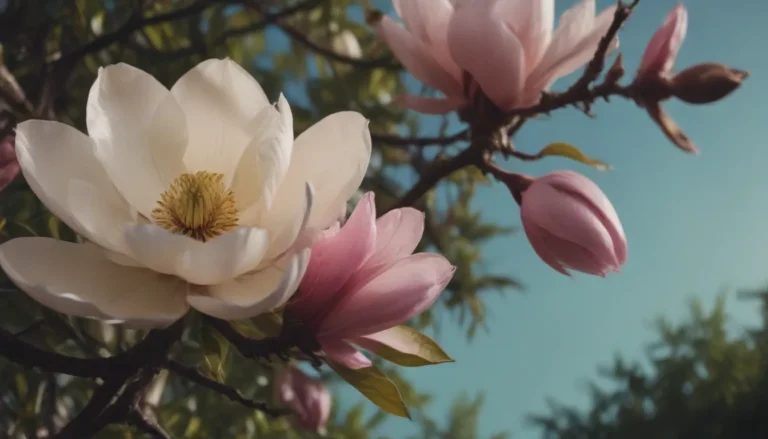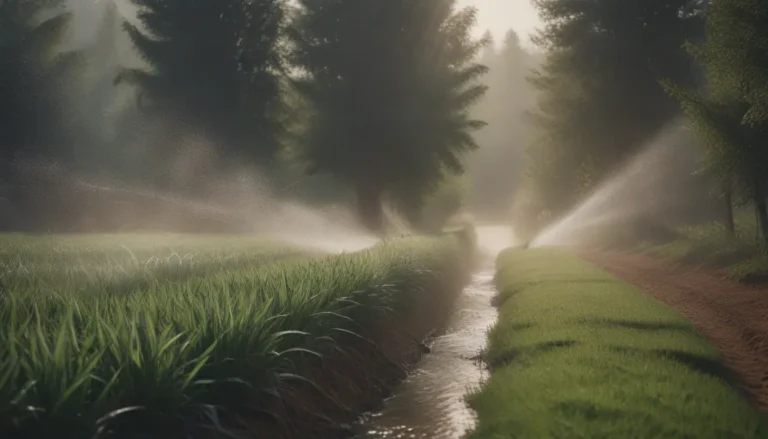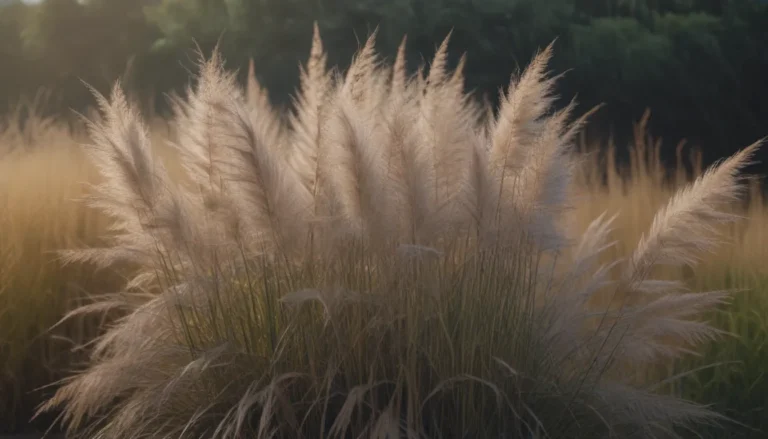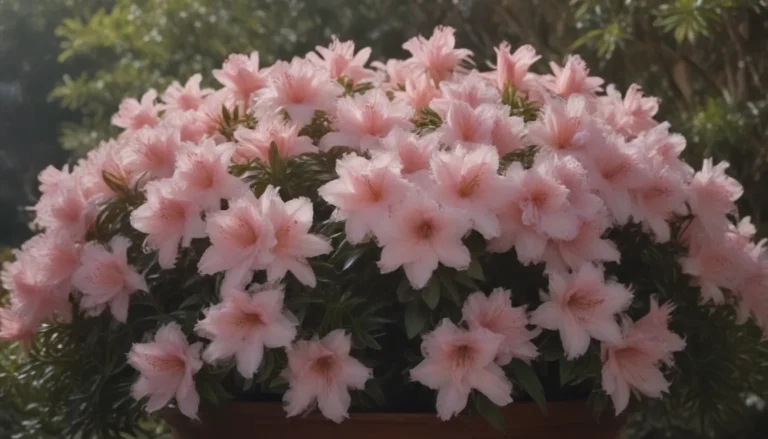The Ultimate Guide to Growing and Caring for Blood Leaf Plant (Iresine)
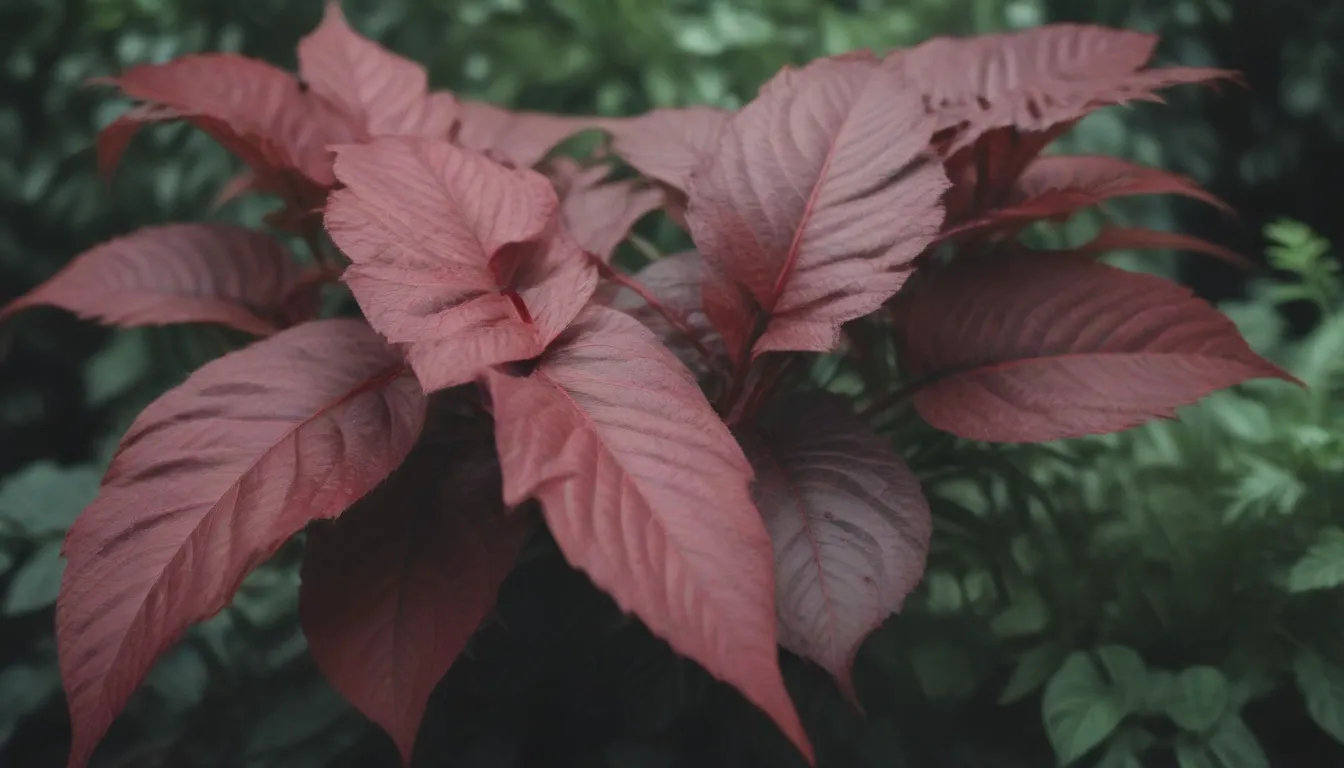
Blood leaf, also known as Iresine, chicken gizzard, and beefsteak plant, is a unique shrub with eye-catching foliage that can make a stunning addition to your indoor or outdoor space. With its vibrant crimson leaves, the Blood Leaf plant is a popular choice for those looking to add a pop of color to their surroundings.
A Little Background on Blood Leaf
The Iresine genus consists of approximately 30 species, all of which are native to South America, particularly in the rainforests of Brazil. These plants range in size from small to medium and are mostly perennial. While the flowers of the Blood Leaf plant may not be particularly noteworthy, the real attraction lies in its striking red leaves that stand out wherever they are planted.
Blood Leaf Care Tips
Taking care of a Blood Leaf plant requires a little bit of effort, but the results are well worth it. Here are some essential care tips to help you grow and maintain your Blood Leaf plant:
Light
- Blood Leaf plants thrive in partial shade, especially when they are smaller in size. As they grow, they can tolerate more light.
- These plants are considered margin plants, meaning they can withstand various light levels. During the winter months, make sure to keep them away from drafty windows.
Soil
- When growing Blood Leaf plants outdoors, opt for organically rich, well-draining soil.
- For indoor growth, use a loamy, soil-based potting mixture to provide the plant with the nutrients it needs to thrive.
Water
- Blood Leaf plants require regular moisture, especially during the growing season. Avoid overwatering to prevent root rot.
- During the winter months, reduce watering but ensure the soil remains moist to keep your plant healthy.
Temperature and Humidity
- Blood Leaf plants are sensitive to cold temperatures and dry air, making them ideal “warm house” plants.
- Maintain a temperature between 50 to 60 degrees Fahrenheit and provide ample humidity for optimal growth.
Fertilizer
- Feed your Blood Leaf plant with a high-nitrogen liquid fertilizer every two to three weeks during the growing season to promote healthy foliage.
Types of Blood Leaf Plants
While there are numerous species of Iresine, only a few are cultivated for their ornamental appeal. Some popular varieties include:
– Iresine herbstii ‘Brilliantissima’
– Iresine herbstii ‘Aureoreticulata’
– Iresine herbstii ‘Blazin Rose’
– Iresine herbstii ‘Acuminata’
Pruning Tips
To maintain the beauty of your Blood Leaf plant, regular pruning is essential. Here are some pruning tips to keep your plant looking its best:
– Remove small, pale green-white flowers to redirect the plant’s energy towards foliage growth.
– Regularly pinch off flower buds to encourage bushier growth both indoors and outdoors.
Propagating Blood Leaf Plants
Propagating Blood Leaf plants is relatively simple and can be done through stem cuttings. Here are two methods you can use:
Propagation in Soil
- Take stem cuttings from a healthy Blood Leaf plant.
- Plant the cuttings in moist, well-draining soil and keep them in a warm, bright location.
- Monitor the cuttings for root growth and transplant them once roots have developed.
Propagation in Water
- Place stem cuttings in a container of water, making sure the nodes are submerged.
- Change the water regularly to prevent bacterial growth.
- Once roots have formed, transplant the cuttings into soil for continued growth.
Potting and Repotting
Blood Leaf plants should be repotted annually until they reach maturity. Once mature, you can repot them every other year or propagate new plants to refresh your collection. Consider planting Blood Leaf plants in mixed containers with other tropical plants for a visually appealing display.
Overwintering Tips
If you live in a region with cooler temperatures, consider growing your Blood Leaf plant indoors or in a container that can be moved indoors during the winter months. Provide additional humidity and warmth to ensure your plant thrives during the colder season.
Common Pests and Diseases
While Blood Leaf plants are relatively resilient, they can be susceptible to pests such as aphids, mealybugs, scale, and whitefly. Keep an eye out for infestations and treat them promptly with the least toxic option available. Additionally, monitor for powdery mildew and adjust watering practices to prevent fungal diseases.
Common Problems to Watch For
Despite their beauty, Blood Leaf plants can face some common issues that may impact their growth. Be on the lookout for the following problems:
Browning and Dropping Leaves
- Insufficient moisture can cause the leaves of your Blood Leaf plant to turn brown and drop. Increase humidity by misting your indoor plants regularly.
Legginess
- If your plant appears leggy, it may not be receiving enough light. Find a balance of light exposure both indoors and outdoors to prevent leggy growth.
Lack of Color
- Blood Leaf plants grown in full sun will exhibit brighter foliage colors, while those in shady conditions may appear dull. Opt for a bright, south-facing window for indoor plants to ensure vibrant foliage.
By following these care tips and troubleshooting common issues, you can enjoy the beauty of Blood Leaf plants in your home or garden. With proper attention and maintenance, your Blood Leaf plant will thrive and add a touch of vivid color to your space.
Remember, each plant is unique, so monitor your Blood Leaf plant regularly to ensure it is receiving the care it needs to flourish. Happy gardening!

